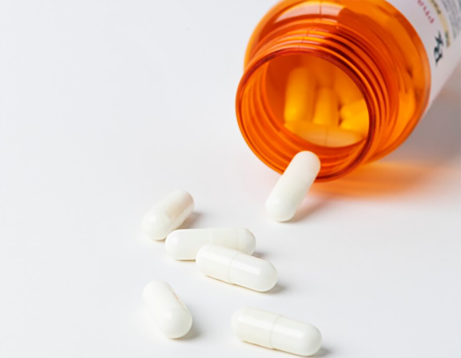The Role of Acrylamide in Water Treatment A Comprehensive Overview
Acrylamide, a compound primarily known for its application in the synthesis of polyacrylamide—a versatile polymer—plays a significant role in water treatment processes. The increasing focus on environmental sustainability and water quality has led to an intensified interest in the use of acrylamide in various treatment methodologies. This article aims to explore the mechanisms by which acrylamide improves water quality, its applications, advantages, and potential risks associated with its use.
Understanding Acrylamide and its Derivatives
Acrylamide is an organic compound that occurs as a white odorless solid, soluble in water. It is formed through the Maillard reaction, which occurs when foods are cooked at high temperatures. Its polymer, polyacrylamide, has been widely used in industries ranging from mining to waste treatment due to its exceptional properties of flocculation, sedimentation, and gel formation. In water treatment, polyacrylamide is employed primarily as a flocculant to facilitate the removal of suspended particles.
The Mechanism of Water Treatment
In water treatment, the presence of suspended solids, colloids, and organic matter can significantly impair water quality. The primary objective of many water treatment facilities is to remove these impurities effectively. Polyacrylamide functions by bridging particles together, allowing them to aggregate into larger flocs that can be easily removed from the water. This process not only clarifies the water but also reduces the turbidity and improves aesthetic qualities.
The flocculation process occurs when polyacrylamide is added to water containing colloidal particles. The polymer chains of polyacrylamide interact with particles, neutralizing their charges and promoting aggregation. The resulting larger floc particles are more easily separated through sedimentation or filtration. This enhanced removal rate increases the overall efficiency of the treatment process.
Applications in Different Water Treatment Processes
Polyacrylamide is used in various water treatment applications, including
1. Municipal Water Treatment In municipal water systems, polyacrylamide is essential for primary treatment processes. It improves the effectiveness of processes such as coagulation, sedimentation, and filtration, ensuring that drinking water meets safety standards.
acrylamide water treatment

2. Industrial Wastewater Treatment Industries producing wastewater, such as food processing or textile manufacturing, utilize polyacrylamide for the removal of suspended solids and pollutants. The effective treatment of industrial effluents not only aids in compliance with environmental regulations but also facilitates the recycling of water.
3. Sludge Management The use of polyacrylamide in sludge dewatering processes improves the efficiency of waste management by enhancing the separation of water from solid waste, thereby reducing overall sludge volume.
Advantages of Using Acrylamide in Water Treatment
The benefits of using acrylamide and its derivatives in water treatment processes are numerous
- Efficiency Polyacrylamide enhances the efficiency of particle removal, resulting in clearer water and improved quality for various applications. - Cost-effective Using acrylamide in treatment processes can lead to savings in labor and operational costs by speeding up sedimentation and reducing the need for additional treatment steps.
- Versatility The ability to customize polyacrylamide in terms of molecular weight and charge allows for its application in a wide range of water treatment scenarios.
Potential Risks and Considerations
Despite its advantages, the use of acrylamide in water treatment is not without concerns. Acrylamide is classified as a potential human carcinogen, and there is ongoing research on the implications of its residuals in treated water. It is crucial for water treatment facilities to monitor acrylamide levels rigorously and ensure that they remain within safe limits to minimize health risks. Moreover, the environmental impact of polyacrylamide should also be evaluated, particularly in relation to its degradation products.
Conclusion
Acrylamide, through its derivative polyacrylamide, has proven to be an essential tool in modern water treatment processes. Its ability to improve the removal of impurities and enhance water quality cannot be overlooked. However, as we continue to advance in water treatment technologies, a balance must be struck between utilizing effective methods and ensuring the safety of public health and the environment. Ongoing research and regulation will play a pivotal role in guiding its application responsibly in water treatment systems around the globe.

